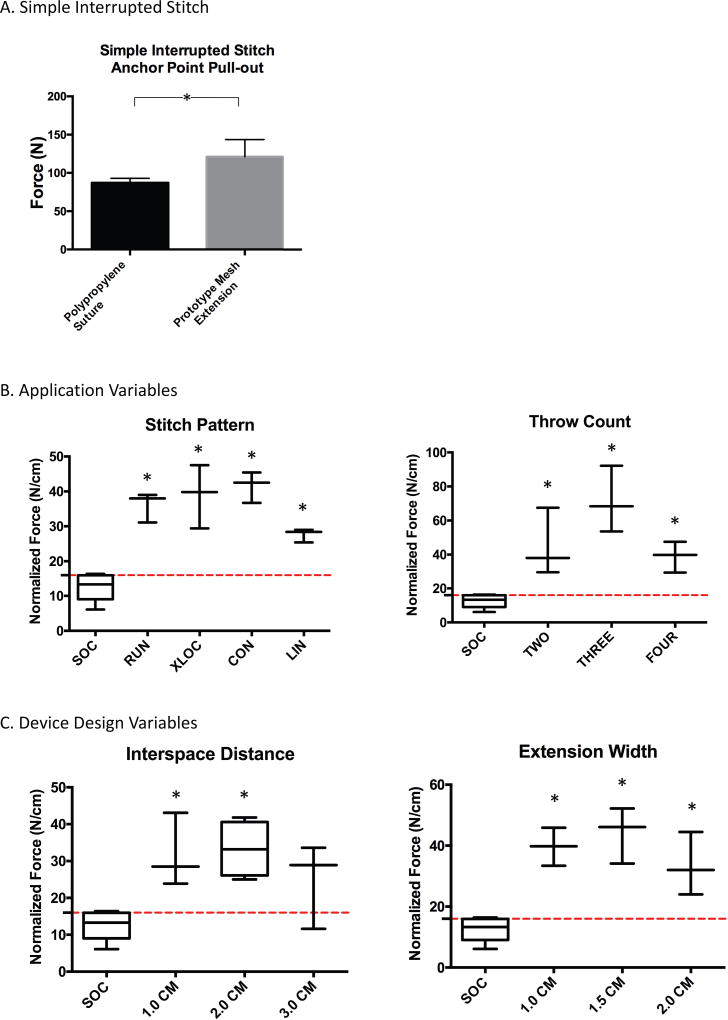Fig. 6. Application and Design Tensile Strength Results.
A. Bar graph of the force required to disrupt suture or mesh from pig abdominal wall using a single simple interrupted stitch. The mesh extension had a 50% high pull-out force in comparison to suture (*p<0.05).
B. Boxplot of the normalized breaking force (N/cm) of device application variables: stitch pattern and throw count. The RUN, XLOC, CON, and LIN suture patterns all had significantly higher normalized breaking forces than suture (*p<0.05). The TWO, THREE, and FOUR throw counts all significantly outperformed the suture (*p<0.05). Mean and standard deviation of observations were reported.
C. Boxplot of the normalized breaking force (N/cm) of device design variables: interspace distance and arm width. The 1 cm and 2 cm interspace distances significantly outperformed suture (*p<0.05). The 3 cm interspace was not statistically different from the suture. The 1 cm, 1.5 cm, and 2 cm mesh extension widths significantly outperformed suture (*p<0.05). The red line indicates the maximum intra-abdominal force (16 N/cm2) a human can generate. Mean and standard deviation of observations were reported.

